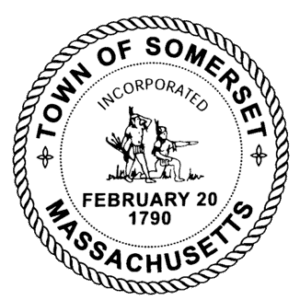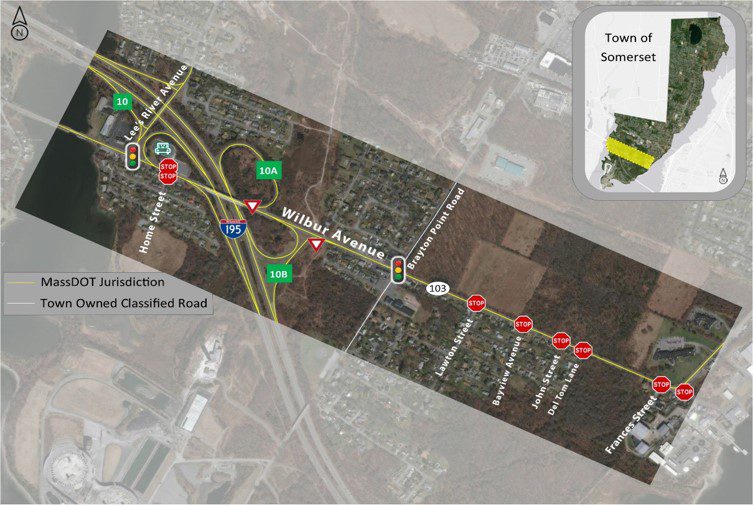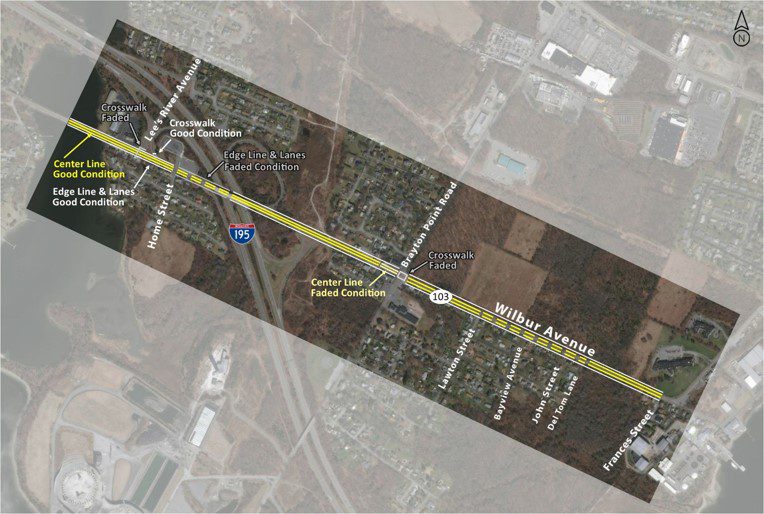Regional Corridor Study Projects
Route 103 Access Management Study
Welcome

Please contact Luis de Oliveira for more information or questions regarding the Route 103 Access Management study.
Email: ldeoliveira@srpedd.org Phone: 508-824-1367, ext. 231
What is Access Management?
What is the focus of access management studies?
The Transportation Research Board (TRB) Manual defines access management as the programmatic control of the location, spacing, design, and operation of:
- Driveways
- Median openings
- Interchanges
- Street connections to a roadway (traffic signals and stop controlled)
Or simply determining and resolving issues where the road meets the driveways.
What are the benefits of access management?
- Improves safety and capacity
- Provide a more efficient trip for the motorist
- Improve time spent traveling through a corridor
What can poor access management cause?
- Increase in crashes and crash rates
- Poor capacity throughout the corridor
- Increased delays
- Poor roadway system efficiency
- Potential for unwanted cut-thru traffic
- Potential for less desirable experience along the corridor resulting in the possibility of less customers and drivers wanting to make a trip
- The higher the number of access points, the greater the chance of crashes in that corridor
- Access point creates potential conflicts between through traffic and turning traffic. This can be caused by:
- Crossing an intersection
- Exiting a driveway
- Merging
- Queue in traffic
Public Outreach
Public Outreach Strategy
Public outreach is a crucial part of corridor study projects to get feedback and insight from the community. SRPEDD has devised a public outreach strategy to implement throughout the study's progress.
In order to gather feedback, SRPEDD is also providing residents and businesses the opportunity to provide feedback via a survey. The results of these surveys get factored into the final recommendations of the study.
Click on the links below in order to submit your comments:
The first Virtual kick-off meeting was held on April 27th and focused on what is access management and current data on the roadway. This meeting is the first of a series of public meetings that will continue as the project advances.
Project Progress


Truck Exclusion Criteria
- The virtual public meeting and survey comments included concerns from residents in regards to truck traffic along Wilbur Avenue (Route 103).
- Per the Massachusetts Amendments to the Manual on Uniform Traffic Control Devices (MUTCD), a truck is a commercial vehicle with a carrying capacity over 2½ tons. Vehicles with 2-axle 6+ tires and above are considered to meet these criteria and are classified as trucks in accordance with FHWA Vehicle Category Classifications.
- The Massachusetts Amendments to the MUTCD states “A heavy vehicle exclusion cannot be considered or implemented on a road under MassDOT’s Jurisdiction”. Since Wilbur Avenue (Route 103) is under MassDOT’s Jurisdiction, travel restrictions are not allowed along the project limits of this study.
The following are some of the observations and analysis included in the Route 103 Access Management Study:
- Truck Exclusion Criteria
- Observations of Access Management near the signalized intersections
- Existing Signalized Intersections Operations
- Improved Signalized Intersection Scenarios
- VHB’S Roundabout Recommendations and Benefits to Access Management
- Corner Clearance Criteria
- Signal Spacing Criteria
- Interchange Spacing Criteria
- Unsignalized Intersection Spacing Criteria
- Spacing for Access Management for Future Developments
- Bicycle and Pedestrian Accommodations
- A Two Way Left Turn Lane (TWLTL) Criteria
- Recommended Improvements to Access Points
Resources
- Route 103 Study Survey Flyer English
- Route 103 Study Survey Flyer Haitian Creole
- Route 103 Study Survey Flyer Portuguese
- Route 103 Study Survey Flyer Spanish
- Route 103 Presentation April 27th 2021
- Route 103 Public Meeting April 27th 2021 English Flyer
- Route 103 Public Meeting April 27th 2021 Portuguese Flyer
- Route 103 Public Meeting April 27th 2021 Spanish Flyer











